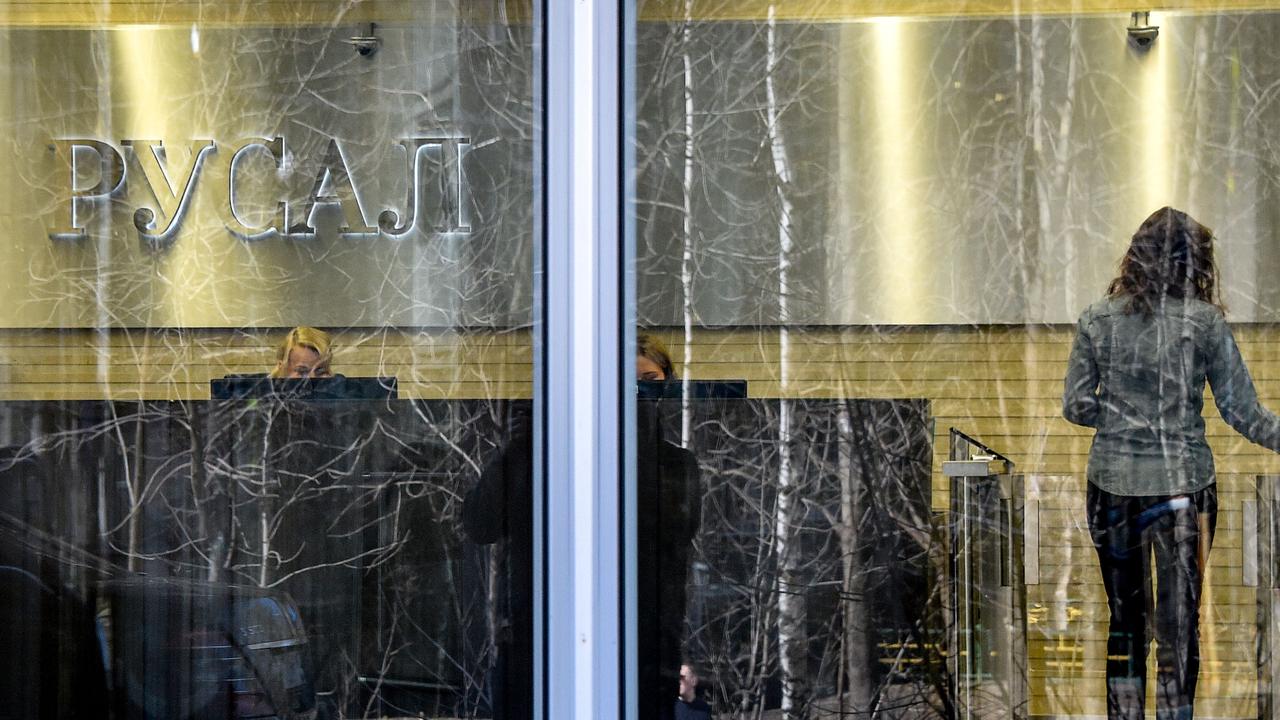Clearer skies ahead for Qantas

The latest such bonus, of $55 million, marked the completion of the three-year project Alan Joyce announced in 2014 — the year Qantas lost $2.8 billion — to transform the airline.
That project realised more than $2.1 billion of benefits and, despite tougher conditions for its international business, was the backdrop to the second-largest profit in the group’s history and a result that was probably, as Joyce suggested, larger than the aggregated earnings of most of its key competitors.
While the group’s earnings, on its preferred underlying pre-tax profit basis, were down from the record $1.53 billion achieved in 2015-16, at $1.4 billion ($1.2 billion on a statutory basis) Joyce had good reason to be enthusiastic about the performance. Shareholders, with a 7 cent unfranked dividend and a new $373 million buyback, ought also to be pleased.
With the formal transformation project successfully completed, Qantas is now targeting more than $400 million a year of continuing benefits as it takes delivery of the first of its efficient Boeing 787-9 aircraft and looks to technology and continuing productivity gains to maintain the momentum generated by that project.
It says something about the extent to which Qantas has been re-engineered that its international business, in the face of a surge in competitor capacity, still had earnings before interest and tax of $327 million.
While that’s well short of the $512 million of EBIT it generated in 2015-16, it’s also quite distant from the $500 million it was haemorrhaging when Qantas was on its knees. With competitor capacity growth moderating in the second half, and Qantas itself adding capacity, Joyce appears optimistic about the outlook for that business.

The core of Qantas’ profitability is its dominance of the domestic market. With the Qantas and Jetstar brands having a market share of around 65 per cent, they generated 90 per cent of the domestic aviation profit pool.
The other member of the near-duopoly, Virgin Australia, lost $3.7 million on an underlying pre-tax basis last year despite strong capacity discipline from both groups. Qantas’s domestic businesses produced a record profit of $865 million while the Virgin-branded domestic business saw its earnings (on an underlying EBIT basis) slump from $162 million to $92.9 million.
Moreover, the transformation project and Virgin’s shift up-market has narrowed the once-substantial advantage Virgin had over Qantas in terms of unit costs to negligible levels. Virgin is now undergoing its own major restructuring program as it seeks to generate a return on the big investment in its product over the past half dozen years.
The Jetstar group, which includes its international operations, produced underlying EBIT of $417 million, $35 million less than the previous year but still its second-best performance and one impacted by changes to booking and service charges. Qantas’s loyalty program lifted its earnings $23 million to $369 million.
Across its portfolio all of the Qantas business units delivered results above their cost of capital, with the group return on invested capital 20.1 per cent.
They also generated free cash flows of $1.3 billion, enabling Qantas to reduce net debt by $434 million to $5.2 billion, which is at the lower end of its targeted levels. With less leverage, more than 60 per cent of its fleet (valued at about US3.8 billion) unencumbered, and $1.8 billion of available short term liquidity, Qantas is in a strong position to withstand any severe industry downturn or shock.
The outlook the group provided is reasonably optimistic, at least for the first half of this financial year. It expects to add three per cent to capacity, weighted to its international business where five per cent capacity growth is planned, with domestic capacity growth held to only one per cent.
With anticipated international competitor capacity growth slowing slightly to around four per cent in the December half, Virgin also keeping tight control of its domestic capacity, unit revenues expected to reflect stronger demand, its fuel costs hedged, capital expenditures maintained at around their current rate of about $1.5 billion a year for the next two years and the next phase of the transformation program to come, there are reasons for Qantas’ cautious optimism.
With the Qantas Dreamliners — offering both a better customer experience and efficiencies — finally coming, upgrades to its Melbourne lounges and its A380 fleet planned and new international routes into Asia being added, Qantas is able to continue to deploy some of its relatively recently-established financial strength in upgrading its offer while also generating strong shareholder returns in the form of both cash and capital.
That’s quite a novel position within an industry that generally destroys capital and shareholder returns rather than creates them.






It is an indicator of how far Qantas has travelled from the dark days of 2011 when it grounded its fleet in the midst of a bitter confrontation with its key unions that over the past three years it has distributed more than $220 million in bonuses to non-executive employees.